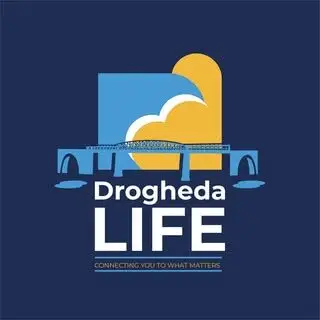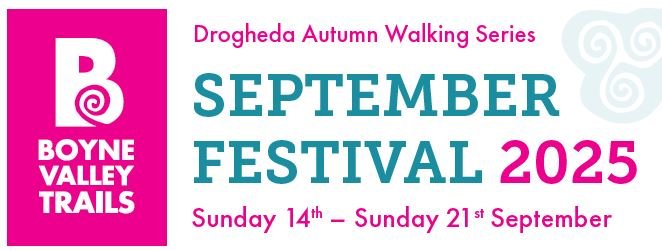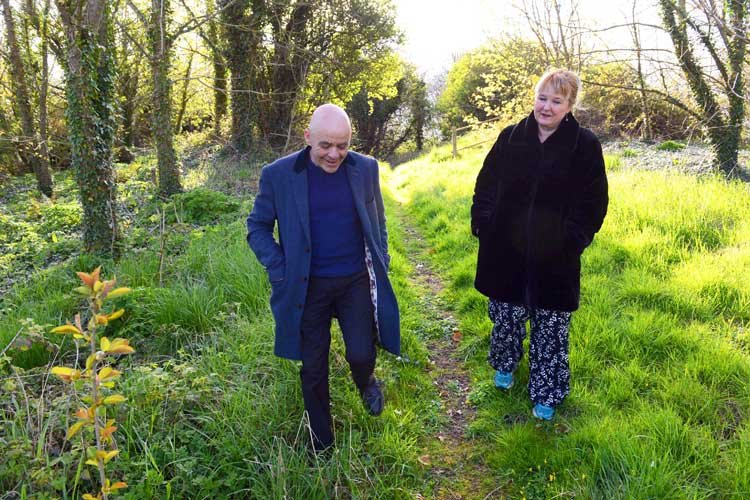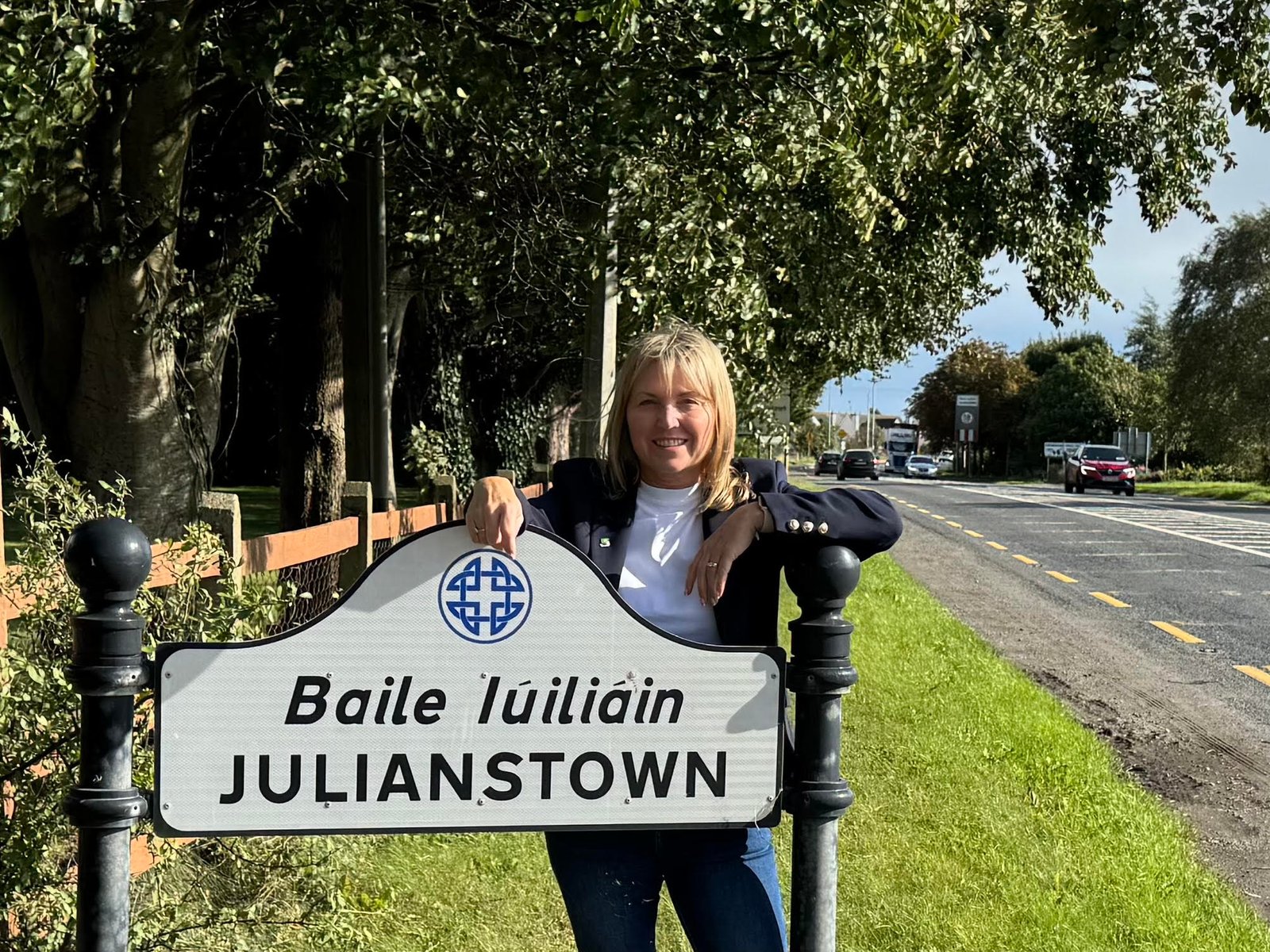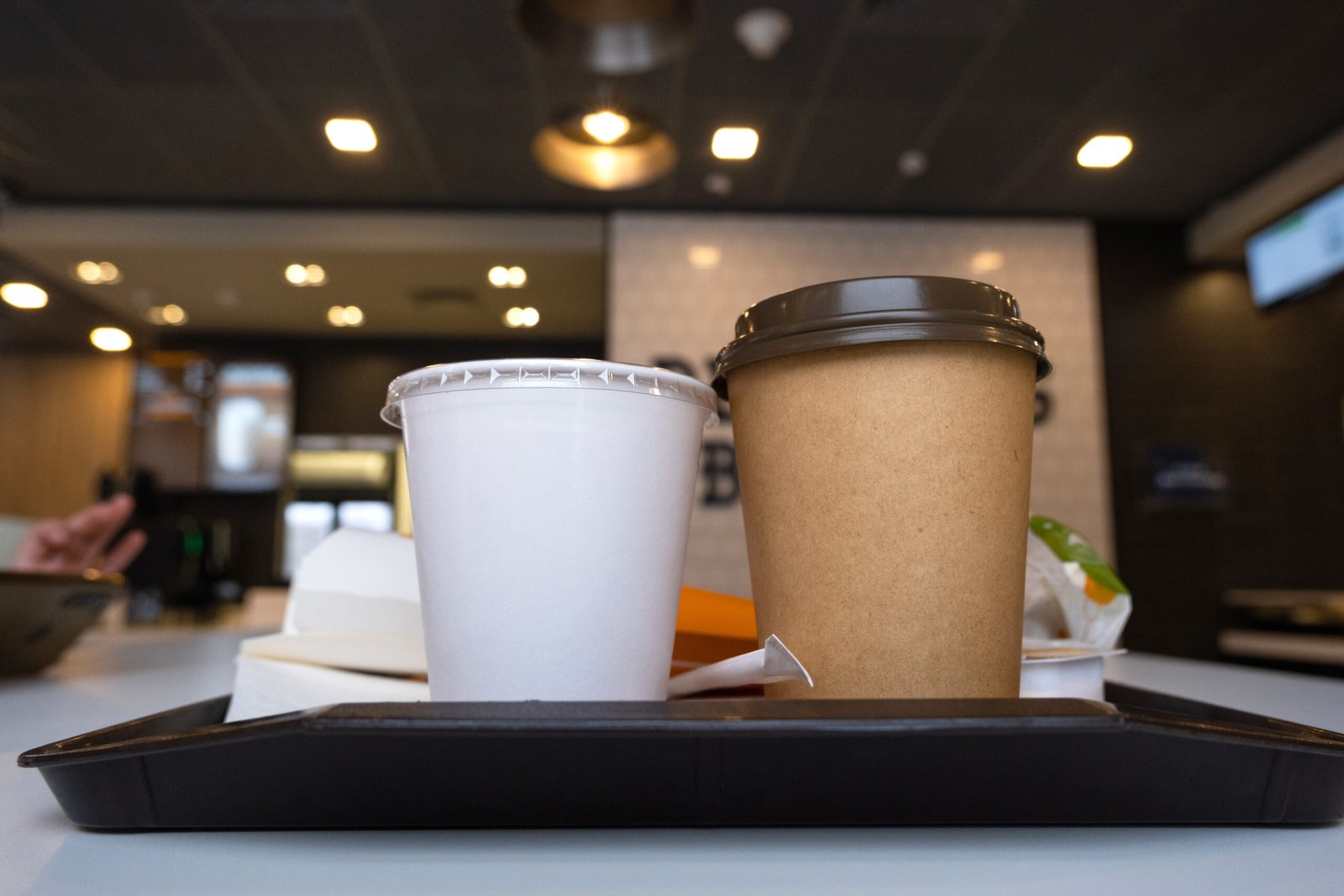The results are in from an exciting project overseen by Sonairte – the National Ecology Centre with funds from The Heritage Council made available under this year’s Community Heritage Grant Scheme.
The principal objective of this project was to assess the archaeological heritage potential of the site and the history and condition of the buildings to ensure their proper management and conservation.
The results gathered and recommendations made will inform future works for conservation, restoration or reconstruction in line with the Burra Charter (2013). Thus the future development of and access to the wider site will be in large part founded on this work.
The members of the core team were Dr Kim Reilly, Chair of the Sonairte Board, Ms Finola O’Carroll, Consultant Archaeologist, Mr Brendan Matthews Local Historian and Mr Luk Van Doorslaar, owner of the property.
Contributors of reports were Ms O’Carroll (Archaeological baseline data survey), Mr Ian Elliott (Geophysical Survey), and Mr Franc Myles (Buildings Survey). Mr Matthews conducted guided walks and talks on the heritage of the site and the project was co-ordinated by Dr Reilly.
A recorded monument, ME028-004, is on the grounds of Sonairte. The immediate hinterland is very rich in archaeological remains and a small mound of possible Iron Age date (ME028-006) lies to the east.
The geophysical survey took place to the west of the monument and covered 1.2ha. The ground slopes from about 20m OD to 4m OD. The results show that there were many faint but visible circular features which are typically seen in densely inhabited areas, or more likely may relate to forms of burial monuments.
In addition there were at least three distinct zones of furrow cultivation suggesting a field pattern that predates any known mapped fields and are historic, if not prehistoric in origin. These appear to overwrite the circular features. Without testing these through targeted excavation their substance remains unclear. Finally, a possible path leading from the direction of the house or farmyard towards the monument was indicated.
The desktop study of the known archaeology within a 3km radius of the site provided contextual information for this monument and its immediate environs and demonstrated the incredible richness and intensity of settlement in the immediate hinterland, in what is essentially a coastal and estuarine zone, from the Mesolithic through to the post-Medieval periods.
Excavation results from a number of significant sites in Ninch, Betaghstown and Donacarney Great all have extensive burial. The three main excavated sites have evidence of occupation/activity from the late Neolithic onwards.
All clearly showed that the traditionally understood form of early medieval habitation, that is the ringfort, was in fact developed into multiple overlapping enclosures of several centuries duration, with, crucially, no surviving above ground expression.
This is highly significant as these sites all lie north of the River Nanny, whereas to the south very little excavation has taken place, but there are significant numbers of cropmark sites – again with no above ground expression, which likely were as intensively occupied as their counterparts on the north of the river.
The buildings survey has shown that the farmyard at Ninch West developed in all probability from an early eighteenth-century farmyard and survives in a remarkably intact state. Recommendations as to its management were made and it is considered to be of regional significance.
Welcoming the report Dr Reilly said: “We are delighted to have learned more about the history and heritage of our beautiful Sonairte site and we look forward to sharing what we have learned with our visitors and wider community.
“At a time of existential crisis such as the world now faces with the Climate and Biodiversity crises which must be addressed urgently, it is comforting and inspiring to reflect that our ancestors lived and worked the land here thousands of years ago, it inspires us all to protect the earth for future generations”.
Copies of all the reports generated in this study are available to the public on the Sonairte website https://sonairte.ie/document-library
